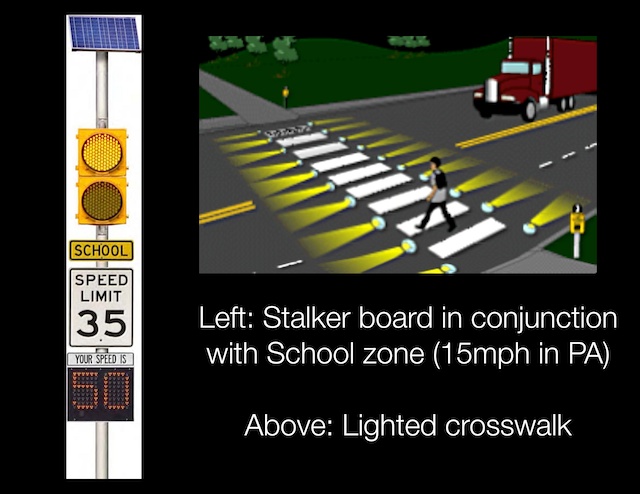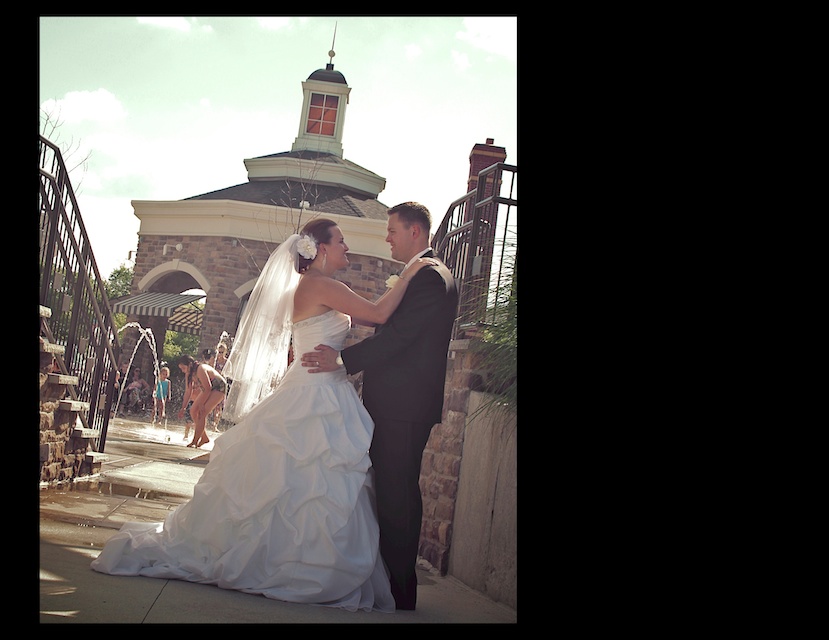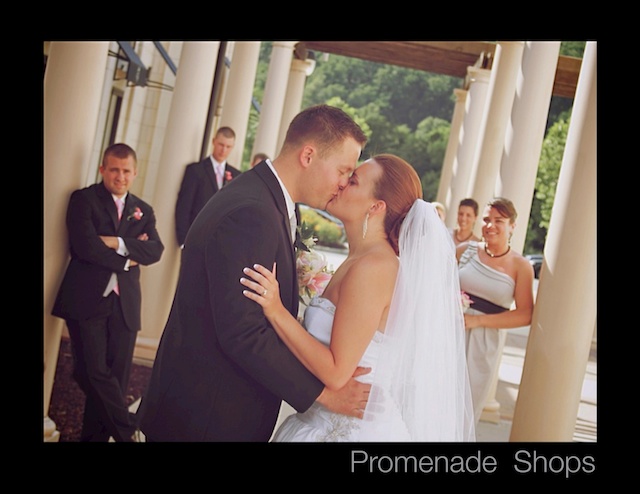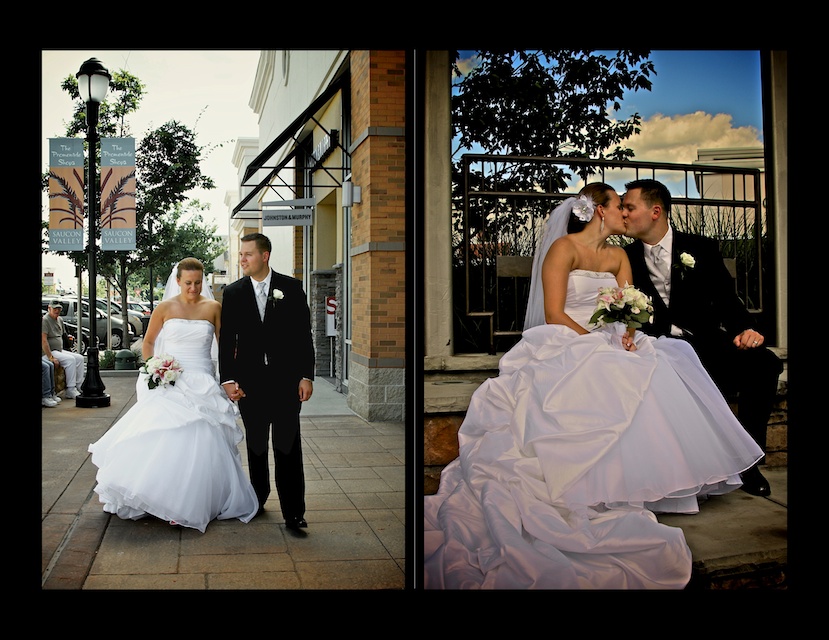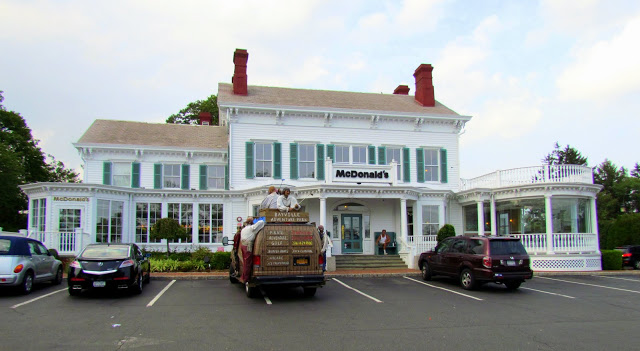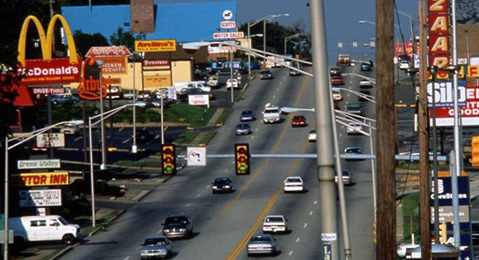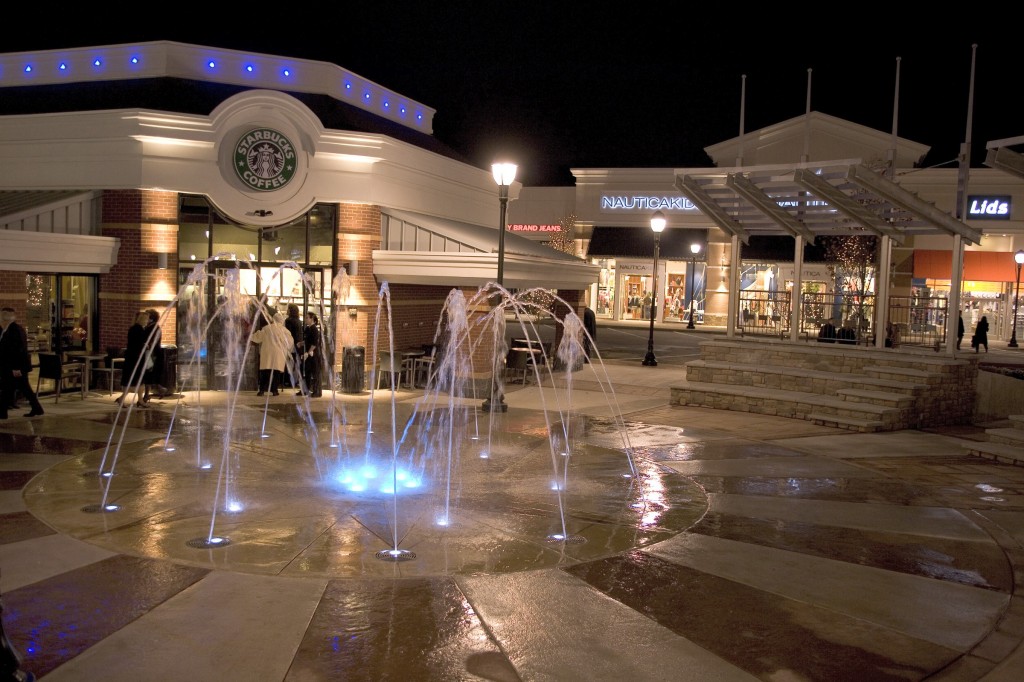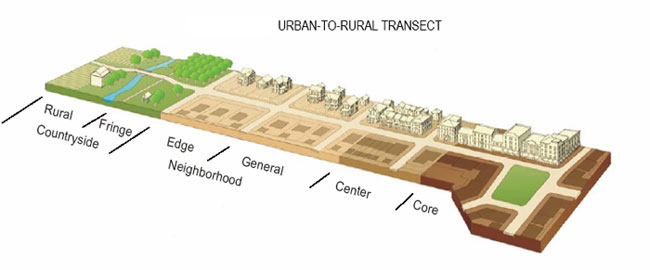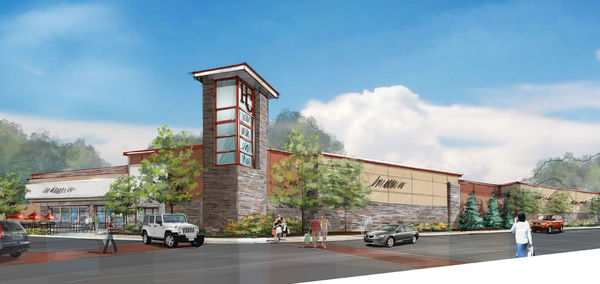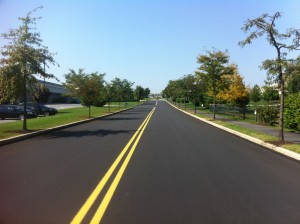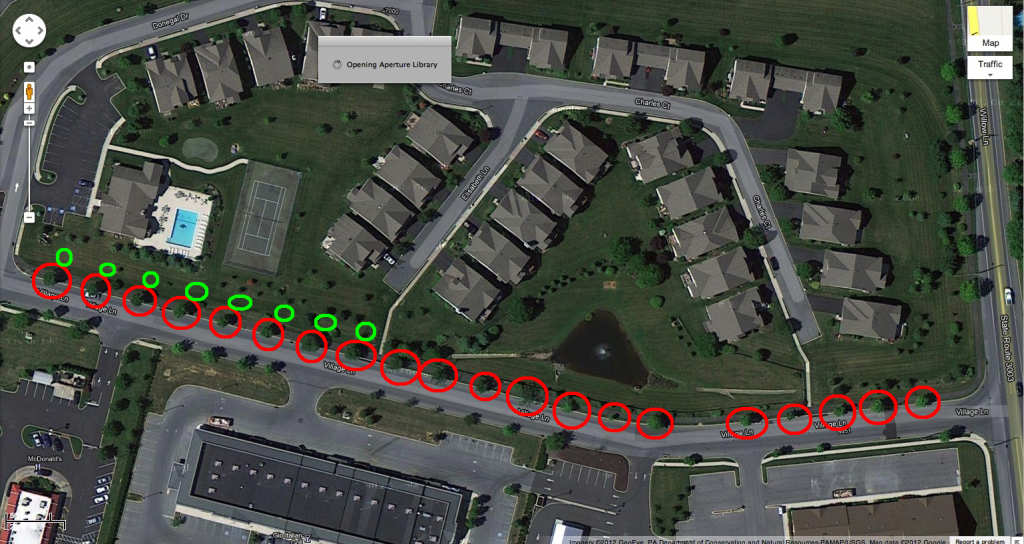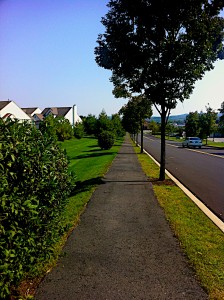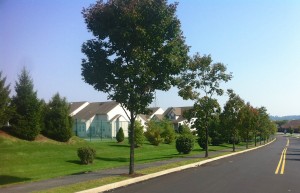First in a continuing series outlining our various levels of local government in the greater East Penn area and how you can get involved in the decision making process!
What is the Township Board of Commissioners?
Lower Macungie is a township which is a level of local government. (Municipality) Local municipalities in Pennsylvania are either cities (like Allentown) Boroughs (like Emmaus or Macungie) or Townships. (Like Upper Milford or Upper Macungie)
Municipality -> County -> State -> Federal Gov’t
In Lower Macungie we’re governed by a board of 5 elected officials. The LMT BOC. In 2009 after a resident led advocacy effort we became a first class township. Previously we were 2nd. The difference is the organization. When we were 2nd class we elected 3 Supervisors. An argument was made by supporters (myself included) that a 1st class township is a more effective and transparent form of gov’t for a township as large as ours. In 2009 voters agreed 60-40% and we switched to 1st class.
Commissioners are responsible for policy items such as setting the property tax rate, guiding growth policy, overseeing our park system and supervision of the professional staff including our planner, zoning officer, code enforcement officer and public works staff. Some hot button topics that will be discussed in the coming months include police protection, Smart Growth, storm water management and walkability.
To put it into practical terms that affect all homeowners, when you pay your tax bill, 3 local bodies have their “hand” in it. The School District, the county and your local municipality. Growth decisions made in LMT also affect the school district in terms of enrollment and taxes. Land development decisions affect our taxes and our quality of life. Regulatory issues affect renters, homeowners and businesses in the township.
Commissioners serve on various committees that reflect other responsibilities. These were setup during the conversion to 1st class to make the decision making process more transparent. These include: Public Safety, Planning and Zoning, Public Works and General Administration. Some of these committees coincide with volunteer commissions and boards such as Parks & Recreation, Public Safety and Planning. These resident commissions advise make formal recommendations to the board. These are setup so that residents can attend these meetings to discuss concerns with commissioners in a less formal setting then a full board meeting.
How to get involved! Resident participation is key to local Government. Far too often residents become aware of issues when it’s too late. (Jaindl) It’s been my mission the last 2 years to ensure residents are aware of hot button topics. It’s very easy to get involved. In fact, our first class township is setup to be hands on. There are various committees and commissions residents can volunteer on. The township website always posts updates on what positions are available. You can fill out volunteer forms at any time and the township secretary will keep it on file and alert you when a position opens up.
Board of Commissioner meetings are the 1st and 3rd Thursdays of the month at 7pm. Committee and Commission meetings are always posted on the township calendar.
LMT Facts:
24 Square Miles
Over 30,000 residents (larger the the city of Easton!)
One of the fastest growing Municipalities in the State (40% growth over last 2 decades)
Next week: East Penn Borough Governments (Emmaus, Alburtis and Macungie)

